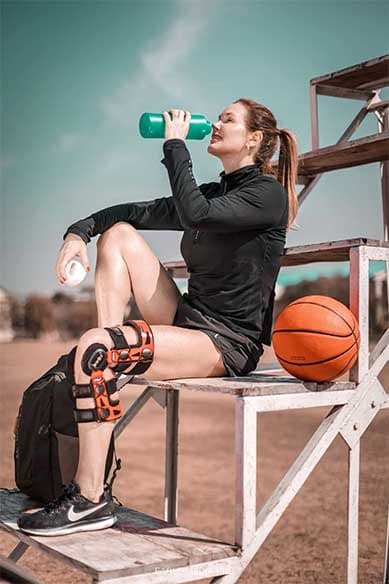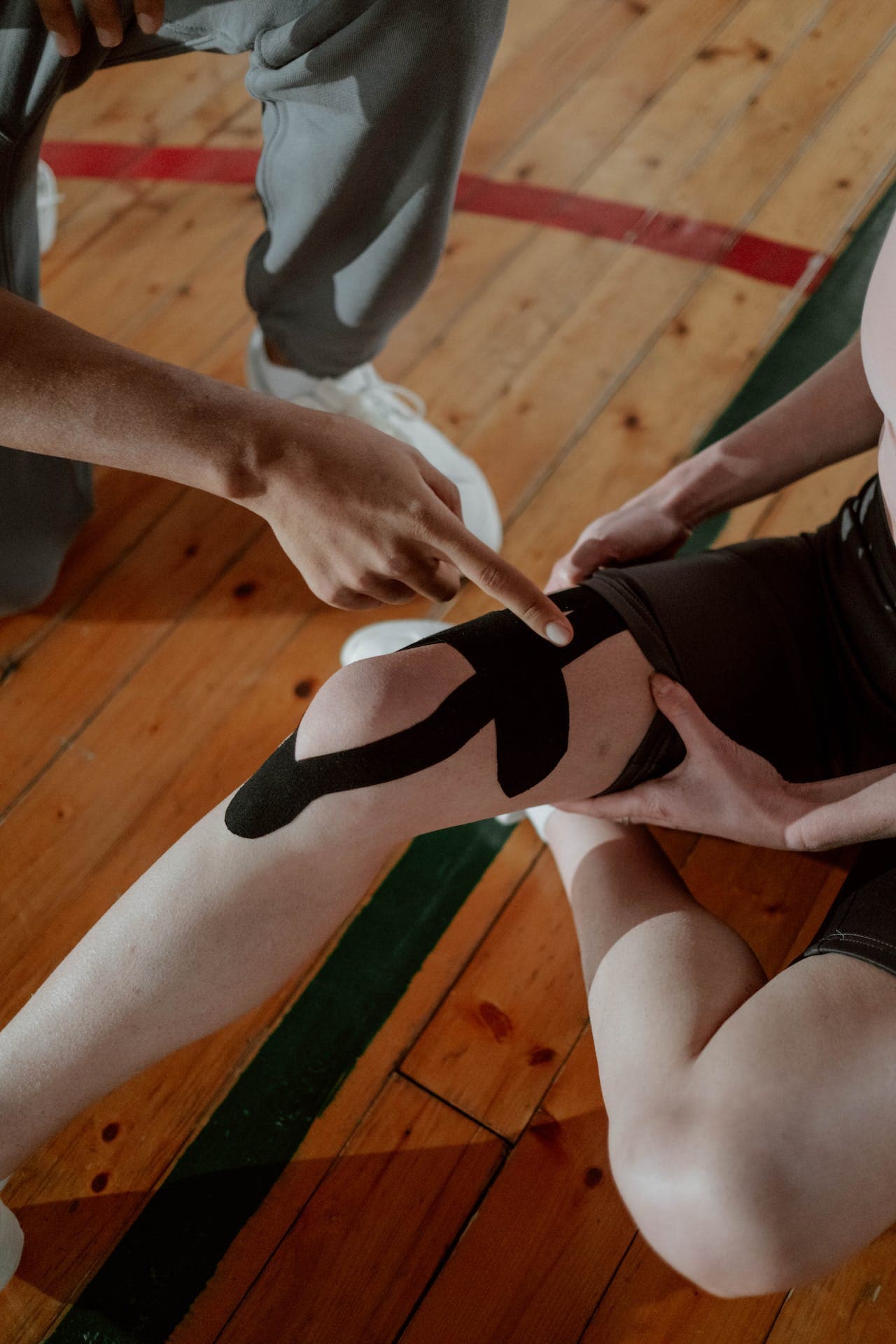- Blog
- Bouncing Back: ACL Recovery Guide - LendoCare
Health
Bouncing Back: ACL Recovery Guide - LendoCare
ACL Recovery Guide
Suffering an Anterior Cruciate Ligament (ACL) injury can be a challenging experience, but with proper care and commitment to the recovery process, individuals can regain strength, stability, and return to an active lifestyle. In this article, we'll explore essential tips and guidance for a successful ACL recovery journey.
LendoCare can help you through your recovery journey.

Understanding ACL Injuries:
The ACL is a crucial ligament in the knee, providing stability and support during various activities. Injuries to the ACL are common, often occurring during sports, sudden stops, or changes in direction. ACL tears range from partial to complete, and recovery strategies may vary based on the severity of the injury.
Consult with a Healthcare Professional:
The first step after an ACL injury is to consult with a healthcare professional, typically an orthopaedic specialist. They will conduct a thorough examination, possibly including imaging tests, to assess the extent of the injury and recommend an appropriate treatment plan.
Surgical vs. Non-Surgical Approaches:
Depending on the severity of the ACL injury, your healthcare provider may recommend surgical or non-surgical intervention. Surgical reconstruction is often suggested for complete tears or high-demand individuals, while non-surgical approaches may be suitable for less severe injuries.
Post-Surgery Rehabilitation:
If surgery is recommended, post-operative rehabilitation is crucial. Physical therapy sessions will focus on restoring range of motion, strengthening the surrounding muscles, and gradually reintroducing weight-bearing activities. Consistent attendance and adherence to the rehabilitation plan are key to a successful recovery. LendoCare mobility aids can help you stay mobile during your recover: Mobility Aids
Non-Surgical Rehabilitation:
For those opting for non-surgical approaches, physical therapy remains integral. The rehabilitation program will concentrate on strengthening the muscles around the knee, improving flexibility, and enhancing overall joint stability.
Bracing and Support:
Depending on the treatment plan, your healthcare provider may recommend the use of knee braces or supports. These assistive devices provide additional stability during activities and can be beneficial in preventing re-injury during the recovery period.
Gradual Return to Activity:
Regardless of the chosen treatment, a gradual return to activity is essential. Rushing the recovery process can increase the risk of re-injury. Follow your healthcare provider's recommendations regarding when and how to reintroduce various activities.
Focus on Strength and Flexibility:
Strengthening the muscles around the knee, particularly the quadriceps and hamstrings, is crucial for stability. Additionally, maintaining flexibility through regular stretching exercises helps prevent stiffness and enhances overall joint function.
Cardiovascular Conditioning:
Incorporate cardiovascular exercises into your routine to maintain overall fitness. Low-impact activities such as swimming, cycling, or using an elliptical machine can provide cardiovascular benefits without putting excessive strain on the healing knee.
Nutrition and Hydration:
A well-balanced diet, rich in nutrients like vitamins C and D, calcium, and protein, supports the healing process. Stay hydrated to aid in overall recovery and tissue repair.
Mindful Recovery:
Acknowledge the mental and emotional aspects of ACL recovery. Set realistic goals, celebrate small victories, and seek support from healthcare professionals, friends, and family to stay motivated and positive throughout the journey.

Anterior Cruciate Ligament (ACL) recovery is a multifaceted process that requires dedication, patience, and a comprehensive approach. Working closely with healthcare professionals, following a structured rehabilitation plan, and making lifestyle adjustments will contribute to a successful recovery, allowing individuals to regain strength and confidently resume their active lifestyles. Always consult your healthcare team for personalised advice tailored to your injury and recovery needs.
Hire a wheelchair with an elevated leg rest